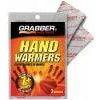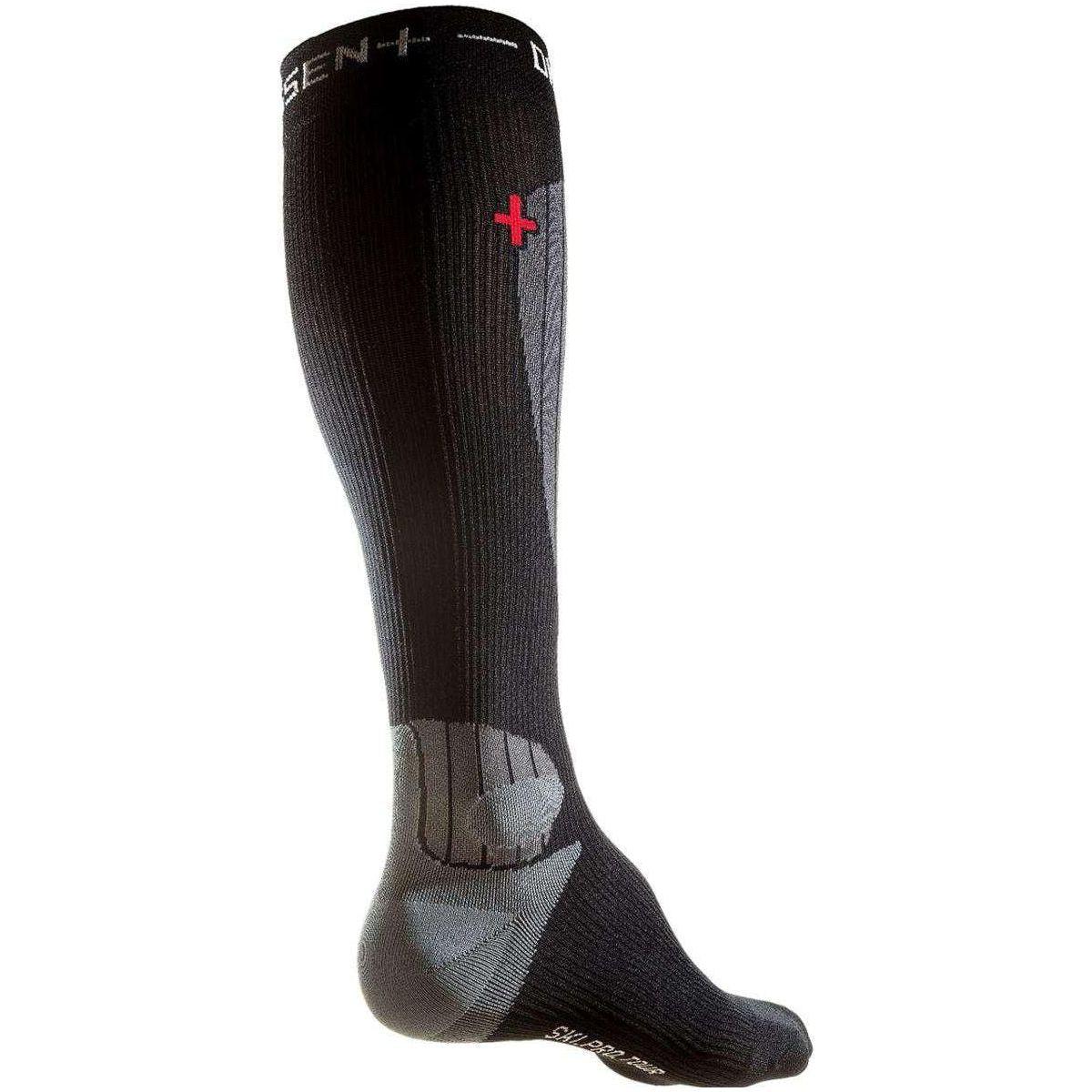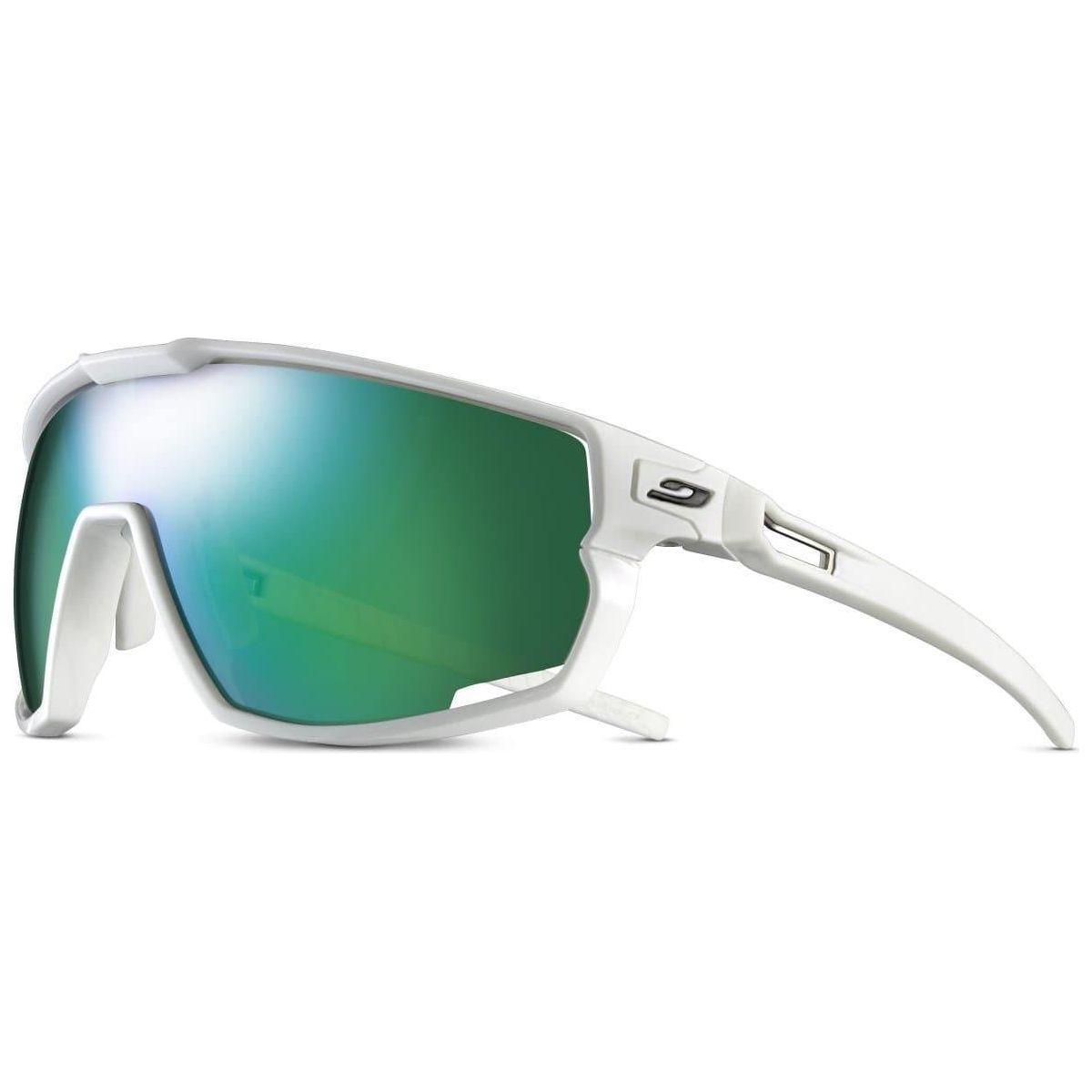By Bergen Tjossem
It was dark and exceptionally cold when the three of us left the hut at 5 am on December 20th. But to live that dream of waking up in the alpine and getting to town for work made the frosty fingers and an icy mustache a little bit more worth it. We even built a time buffer knowing that we’d be exiting via a different route than the approach. Where we expected to find an easy exit, we found a 7-mile boulder-strewn luge that just screamed knee injury thanks to a shallow early-season snowpack.
An hour later, with half of the 8-mile total route distance but roughly 80% of the vert out of the way, Ole (a pseudonym) and I looked at each other, squinting through the headlamp beams piercing frozen breath in the darkness of the subzero degree morning. We’d been waiting for Sven (also a pseudonym) for about five minutes. He wasn’t far behind us at our last regroup. I clicked off my skis and started walking up the rough route barely dusted with snow in spots. A quarter mile up, I saw a pile of what must have been Sven with a headlamp peering back.
He said he wasn’t OK, and it was clear just by looking at him that his shoulder was badly dislocated. No problem. Secretly, I had been waiting for this moment for years to put my Wilderness First Responder skills to the test. I went for the “throwing the baseball” method that I *mostly* remember from my 2014 WFR. While I expected a satisfying “pop” back into place, I got a lot of screaming and zero progress. And I gave it another shot now that the practice “throw” was out of the way. Same result. Sven coached me through the method he learned in his WFR course. Still just pain and screaming.
We moved to plan B – can we get Sven out without help? With about four miles left on an unknown route, that option seemed possible, but a bad option given that Sven could hardly stand with the pain. Back to the hut would be worse. With no service and no luck with radio contact (out of range), we didn’t have a way to contact our friends at the hut for help with an evacuation. With another hour of darkness until sunrise and many more hours of severe temperatures, I pulled out my Garmin InReach Mini and we discussed the SOS option.
On one hand, this was not a life-threatening emergency. At this point, the cold was the biggest threat, followed by permanent damage to Sven’s shoulder from additional aggravation or another fall, followed then by the guilt of utilizing Search and Rescue’s limited capacity for a non-life threatening situation, which theoretically could pull resources from a real life-threatening emergency. Given that it was Tuesday morning at 6 am, we reasoned that the third concern was less severe. We reluctantly pressed the SOS button. After communicating 2-way with Search and Rescue, a highly skilled SAR crew showed up within four hours. While Sven ultimately needed shoulder surgery, the SAR crew managed to pop it back in to relieve some of the pain and allow for a snowmobile extraction.
It was the first time any of us had ever called for help. Here’s what we learned:
1) SAR moves quickly and efficiently, but you’ll be waiting for multiple hours in the cold. When packing for the backcountry, I’ve assumed that between 2-3 skiers, we’d be able to piece together enough insulation for an emergency situation. I had severely underestimated how cold the ground can be for the injured party. Extra mid-layers and backpacks stuffed underneath Sven didn’t cut it, even after wrapping him in two light sleeping bags. In addition, we donated our puffy jackets to Sven, leaving Ole and me with dangerously little insulation. In a more difficult situation, all three of us could have been in trouble. I’ll be stashing a foam pad or CAMP Lite Mat, and an extra emergency survival blanket in my bag for longer tours going forward.
2) When you press the SOS button, Garmin’s emergency response coordination team calls all of your emergency contacts. That’s incredible! But also incredibly scary for your emergency contacts who get a call at 6 am saying their loved one has activated their emergency beacon. “Do you know where he is and who he is with?” are terrible questions, I have been assured, to wake up to. Other personal locator beacons and SOS systems work differently. Learn how your SOS activation process works, not just how to call for help before you need to use it.
3) At least two others in our group had Garmin Inreach devices back at the hut. While there wasn’t phone service, we could have messaged their devices had we known their specific Garmin device numbers (not phone numbers). Exchanging device numbers is an easy trip planning checklist item that could save Search and Rescue a lot of time and resources, and possibly your life.
Calling for help is not easy. Neither is sharing about it. But ultimately, sharing lessons learned with the backcountry community can help us all be safer out there. To learn from other backcountry accidents, check out the Sharp End Podcast and the American Alpine Club’s Accidents in North American Climbing annual publication. Before you go out this winter, audit your safety system and plan, and/or chat with folks Cripple Creek for recommendations to build one.



